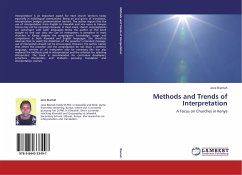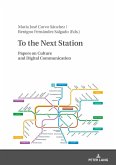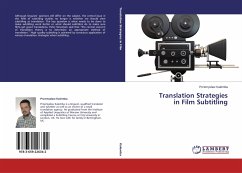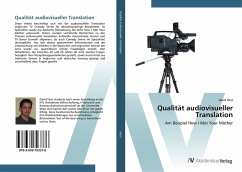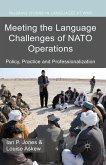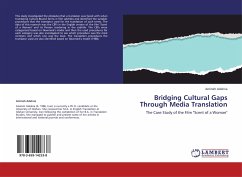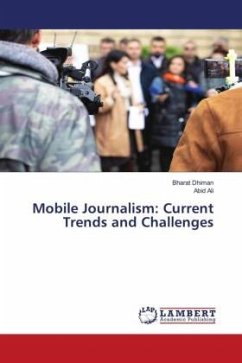Interpretation is an important aspect for most church sermons today especially in multilingual communities. Being an oral genre of translation, interpretation bridges communication barriers. The author argues that the use of interpretation from English to Kiswahili and vice versa in Kenyan towns may not be necessary because, in most cases, church congregations are conversant with both languages. Hence the author of this book sought to find out why the use of interpreters is prevalent in most churches in Kenya despite the congregants knowledge, usage and competence in both Kiswahili and English languages. She therefore observes that to avoid the distortion of the preacher s intended message, use of interpreters should not be encouraged. However, the author opines that where the preacher and the congregation do not share a common language, services of an interpreter may be necessary. She has also explored the methods used in interpretation and the criterion for selecting interpreters. The book is recommended for curriculum developers, preachers, interpreters and students pursuing translation and interpretation courses.
Bitte wählen Sie Ihr Anliegen aus.
Rechnungen
Retourenschein anfordern
Bestellstatus
Storno

